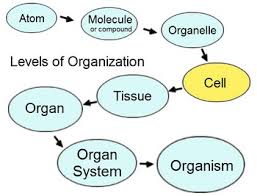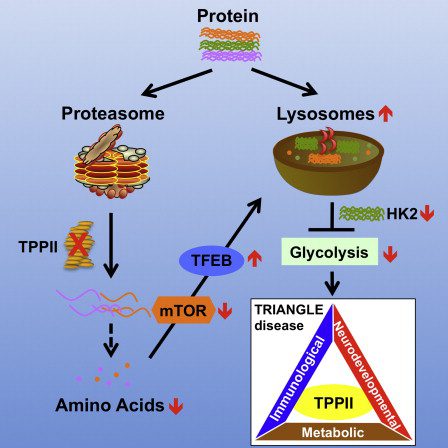The Current State of Neuroscience

Brains work via their genes just as much as their neurons Excerpt 1) Genes direct the production of the above-mentioned brain molecules via intermediaries made of RNA. RNA molecules tell the machinery of the cell when and how to make the proteins it needs to grow and function. Excerpt 2) This reciprocity between genes and … The Current State of Neuroscience




